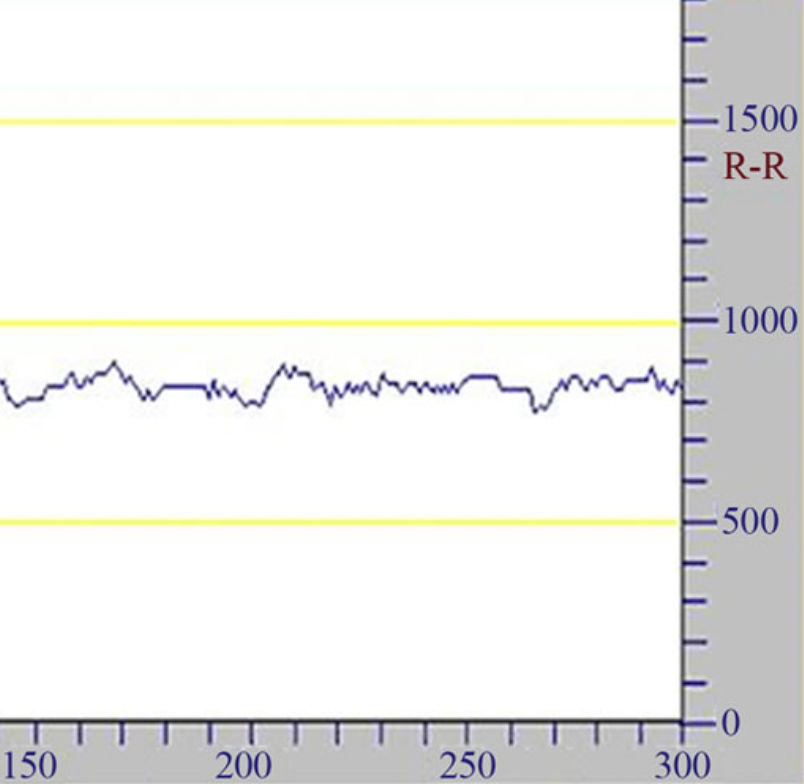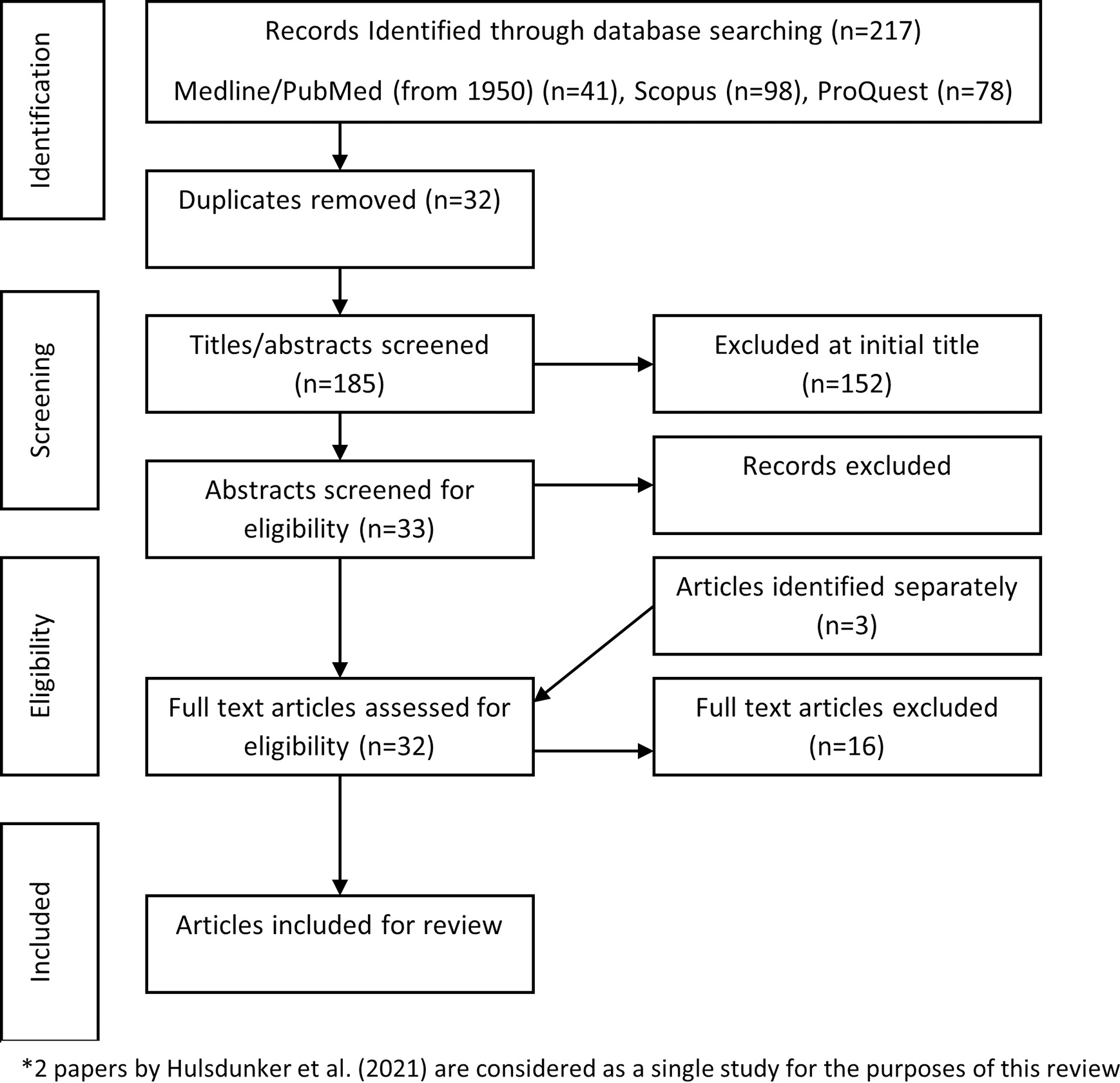Optical Studies
Look through the institutional studies inspiring Healyan to be an all-in-one platform for improved mental and physical function.
Stronger Memory Cognition & Brain Development
High patient studies (250=n) have demonstrated that visual frequency therapy significantly reduces cognitive decline and brain volume loss. MIT researchers found that this method decreases amyloid-beta and tau proteins, preserves neurons, and enhances brain connectivity. Clinical trials by Cognito Therapeutics confirmed these benefits, showing reduced brain volume loss and slower cognitive decline, leading to the advancement of phase 3 FDA trials.
Study Results
-
- 56% drop in Alzheimers dependency score.
- 76% Reduction in decline of cognitive function.
- 77% Reduction in decline of daily function.
- 69% Reduction in MRI brain volume loss.
- Zero Cases of unanticipated adverse effects.
- 85% Device Adherence.
- 40,000 clinical sessions to date.
__________________________________________________________________
- Access Study
- Survey methodology: Double-blind controlled experiment provided by Cognito Therapeutics (PhD lead & researchers at MIT & Georgia Tech)
-

Improved Sleep Quality
40 Hz light flickering significantly improves sleep quality by increasing extracellular adenosine levels in the brain. This non-invasive technique was shown to extend sleep time and reduce the onset latency (time to fall asleep) in children with insomnia, offering a novel approach to treat sleep disturbances affecting up to 20% of the global population.
Study Results
-
- Total Sleep Time (TST) increased 63.5 minutes.
- Sleep Efficiency improved 9%.
- Sleep Onset Latency dropped by 19 minutes
- Wake Time After Onset decreased 25.5 minutes.
- REM Sleep Onset Latency fell by 48.9 minutes
- REM sleep increased from 18.5% to 19.4%.
__________________________________________________________________
- Access Study
- Survey methodology: Controlled experiemnt provided by Zhou Xuzhao, et al. (PhD & researcher at Wenzhou Medical University), approved by the Institutional Ethics Committee
-

Increased Eye Health
Flickering light stimulation improves eye health by increasing retinal blood flow, enlarging vessel diameters, and boosting oxygen saturation. Increased blood flow ensures an adequate supply of oxygen and nutrients, supporting retinal function and preventing ischemic conditions. Enlarged vessel diameters enhance blood transport capacity, reducing the risk of vascular occlusions. Higher oxygen saturation levels improve retinal cell metabolism, maintaining photoreceptor health and overall visual function. These combined effects of flickering light stimulation contribute to better retinal health and help prevent various eye diseases.
Study Results
-
- 59% increase in artery retinal blood flow
- Increased oxygen saturation from 60% to 64%
- Increase in vein retinal blood flow by 53%
- Increased retinal arterial diameters by 3.2%
__________________________________________________________________
- Access Study 1
- Access Study 2
- Survey methodology: Controlled experiment provided by Dietrich Schweitzer, L. Schmetterer, et al. (PhD & researchers at Department of Ophthalmology, University of Jena, Germany & University of Vienna, Austria).
-

Stress & Anxiety Reduction
This study investigates the effects of brain wave entrainment (BWE) on heart rate variability (HRV), specifically focusing on alpha brain stimulation in ten individuals aged between 20 to 70 years. The findings indicate significant improvements in HRV metrics post-treatment, demonstrating the potential benefits of BWE for stress and anxiety reduction.
Study Results
-
- Total HRV variability increased by 20% to 68%.
- This reflects overall heart health improvement.
- Parasympathetic improvements 38% to 73%.
- Heart rate reductions heart by 9%
- This promotes a calmer physiological state.
__________________________________________________________________
- Access Study
- Survey methodology: Controlled experiment provided by Casciaro, Francesco, et al. (PhD researchers within the Department of Neurological Sciences and Division of Psychology and Language Sciences University College, London).
-

Efficient Problem Solving
This study finds that high frequency lighting led subjects to report a more pleasant mood. This improved mood, in turn, positively affected their problem-solving abilities. The research highlights the influence of sensory processing outside of conscious awareness on emotional and cognitive outcomes, suggesting that a positive affect, induced by sensory environments, can enhance cognitive functions like problem solving.
Survey methodology: Controlled experiment provided by Knez, Igor (PhD & Professor at the University of Gävle, Department of Social Work and Psychology).
Improved Memory
This study investigates the efficacy of Stroboscopic Visual Training (SVT) in improving visual and motor functions, highlighting its potential benefits for individuals with visual impairments due to neurological conditions.
-
- Enhanced short-term memory capacity.
- Better recall of short term visual information.
- Improvement in central field motion sensitivity.
- Increased processing speed,
- Quicker interpretation to visual stimuli.
- Improved eye-hand coordination.
__________________________________________________________________
- Access Study
- Survey methodology: Controlled experiment provided by Morris, Rosie, et al. (PhD & As. Professor at the Northumbria University, supported by the British Geriatric Society Movement Disorder Research Grant)
-

Quality Relaxation & Socialization
This study explored the efficacy of rhythmic photic stimulation using LEDs at alpha frequencies (9–11 Hz) as a non-pharmacological treatment for depression-like behaviors. The mice results indicate that such stimulation significantly improves mood associated with depression, anxiety, and social interaction to levels comparable with, or better than, those observed with the antidepressant fluoxetine.
Survey methodology: Controlled experiment provided by Kim, Shinheun, et al. (PhD & Professor at the Laboratory for Neurotherapeutics, Department of Neurology, Comprehensive Epilepsy Center, Biomedical Research Institute).





